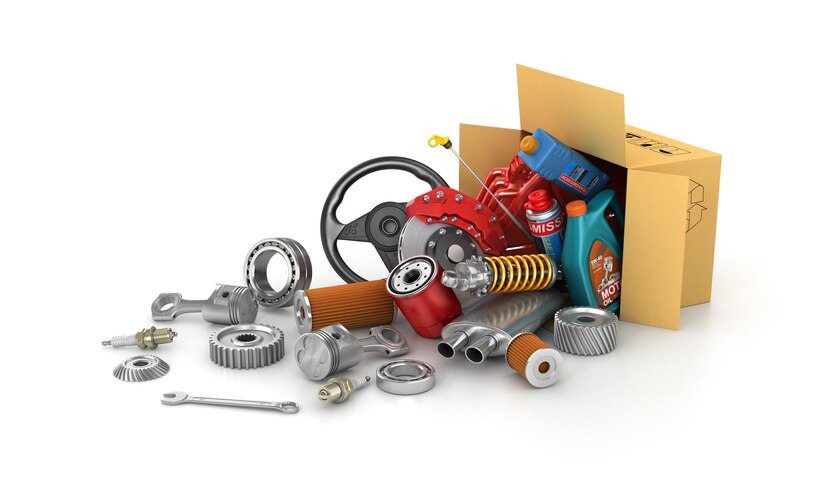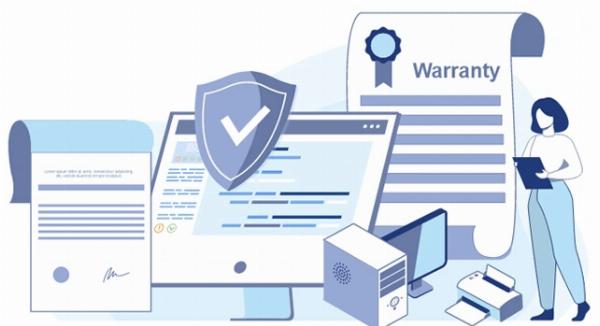6 Strategies for OEMs to Reduce Warranty Costs

Strong 8k brings an ultra-HD IPTV experience to your living room and your pocket.
Different industries worldwide have been juggling through transitions while managing quality and delivering the best quality. For original equipment manufacturers, the significant challenge starts when a product does not perform up to the mark after production. As products become more complex and advanced, manufacturers worldwide have to adopt efficient procedures to reduce warranty claims.
Through this blog lets understand how OEMs can effectively empower their business and leverage the latest technology to decrease the number of warranty claims. Explore the insights that companies utilize to get ahead of their competitors and create a better brand image.
Understanding the Warranty Claim Landscape
Warranty claims have different costs associated with them. They can be direct as well as indirect when it comes to impacting the financial conditions of original equipment manufacturers. Let us understand the different types of warranty claims process and the costs associated with the same.
1. Direct Costs
A. Repairs and Replacements: When a product fails to function in the market and requires servicing, these costs are categorized into this category.
B. Administrative Costs: In this category, the financial expenses related to the process of warranty claims are included for example labor costs, materials required, and the direct costs associated with the same.
2. Indirect Costs
A. Customer Dissatisfaction: Unresolved warranty issues can lead to negative customer experiences, damaging brand loyalty and resulting in lost sales.
B. Brand Reputation: Frequent warranty claims can tarnish a brand’s image, making potential customers wary of purchasing products.
Strategies to Reduce Warranty Costs
1. Utilizing Data-Driven Insights
For OEMs leveraging data analytics is crucial to gain a better understanding of patterns in warranty claims, causes of failures, and customer feedback. This data helps OEMs understand the root causes of the problem and also helps in analyzing the performance of the product across different geographical areas. With the help of these insights, companies can make better decisions based on design and manufacturing processes. OEMs can boost customer satisfaction with reduced warranty claims and enhanced reliability.
2. Proactive Quality Assurance
Having a Quality Management System (QMS) is important for any organization that seeks to minimize their costs on warranty claims and improve the performance of the product. A QMS that implements standard quality checks contributes to the improvement of the product and also increases customer satisfaction. A standard QMS includes:
A. Holistic Approach: An efficient QMS system ensures that the processes included from production to delivery are completed while maintaining quality and standard.
B. Employee Training and Engagement: The presence of an efficient QMS contributes to helping employees identify potential issues and address them before they escalate.
3. Partnerships with Suppliers
The most efficient way of reducing warranty costs is by maintaining a strategic relationship with suppliers. For manufacturers and suppliers, this relationship is much more than the completion of orders and extends to mutual growth, collaboration, and shared responsibility. By establishing a standard quality assurance companies ensure that standards are met through regular audits, real-time updates, and clear standards. Numerous OEMs have significantly reduced the number of warranty claims by improving their quality assurance process.
4. Leveraging Predictive Analytics
Predictive analytics has proven to be of great advantage for OEMs and dealers. Warranty management software solutions available in the market can easily identify potential failures or malfunctions before they escalate. The software does this by analyzing large amounts of historical data to identify patterns and trends. It also indicates the chances of future products encountering the same problems. Let us understand some of the advantages of predictive analysis for an OEM.
A. Early Warning Systems: It helps in identifying early signs of a potential mechanical defect. This gives manufacturers enough time to address the issue proactively.
B. Machine Learning Algorithms: The algorithms used in the process increase the efficiency of the manufacturers in processing large amounts of data to identify patterns, and correlations and analyze issues in the product before they escalate.
C. Better Supplier Accountability: Predictive analytics allows companies to maintain close relationships with suppliers. This ensures that the required standards are met during delivery.
5. Extended Warranty
Providing an extended warranty is an excellent strategy to guarantee the quality of the product, increase the trust of customers, and provide a steady revenue stream for OEMs. An extended warranty is a means of providing better service to customers and enhancing brand loyalty that offers flexibility and continuous engagement. This long-term approach can sustain repeated purchases by customers and improve brand image.
6. Utilizing Automation
There are significant benefits associated with warranty management including cost reduction and efficiency. Through automation, companies could automate important tasks, resulting in reduced time, reduced human error, and managed reimbursements. This has positively impacted the number of warranty claims and reduced direct administrative costs. Most warranty management systems are transitioning to a cloud-based model for centralized access to data. With the help of real-time access to data, claims can be easily monitored and tracked to ensure transparency. Cloud-based systems not only enhance accessibility but also promote scalability.
In Conclusion
Managing repeated warranty claims and the costs associated with them is important for any OEM to grow, increase profits, and maintain brand reputation. With the help of automation, predictive analysis, quality assurance, and a streamlined process, companies can proactively take preventive measures to improve their warranty claim process.
Additionally, building a transparent relationship with suppliers ensures a consistent enhancement in product quality. Over the years manufacturers in the industry have recognized and implemented efficient methods of improving product quality and assessing management to improve the overall process of warranty claim management.
Note: IndiBlogHub features both user-submitted and editorial content. We do not verify third-party contributions. Read our Disclaimer and Privacy Policyfor details.







